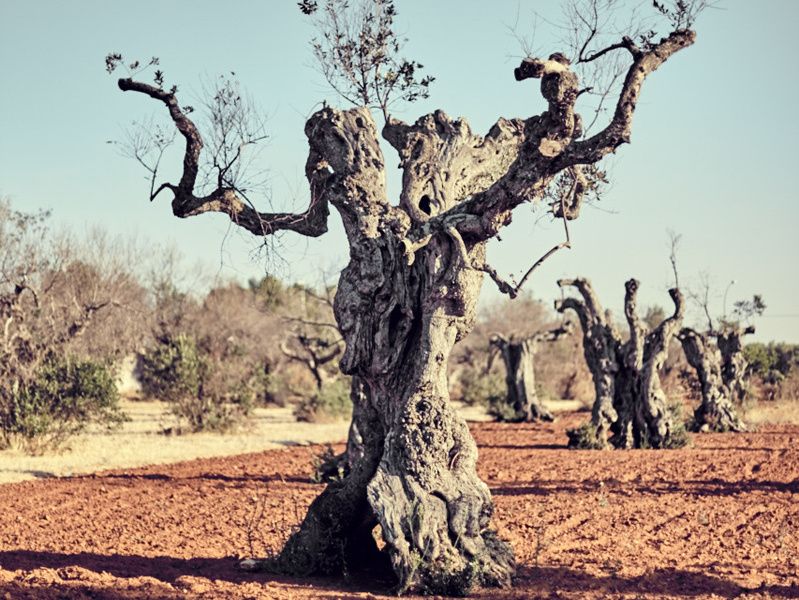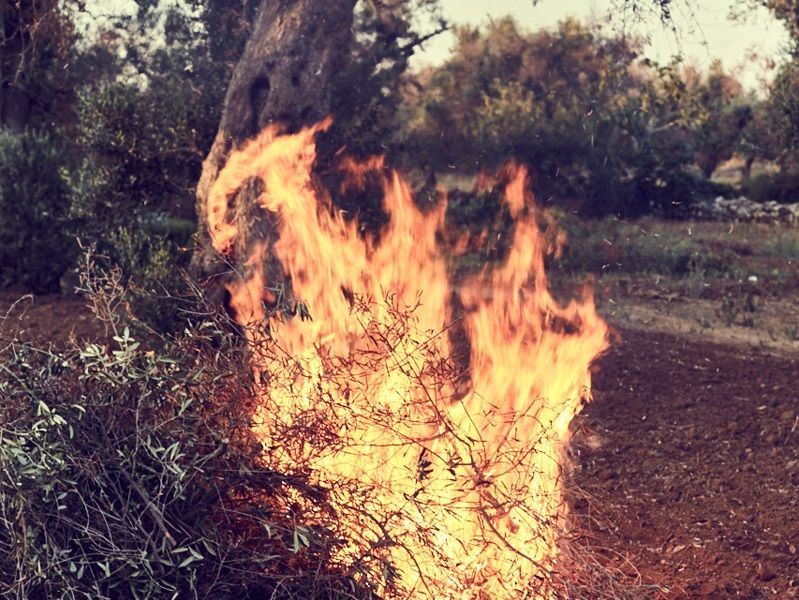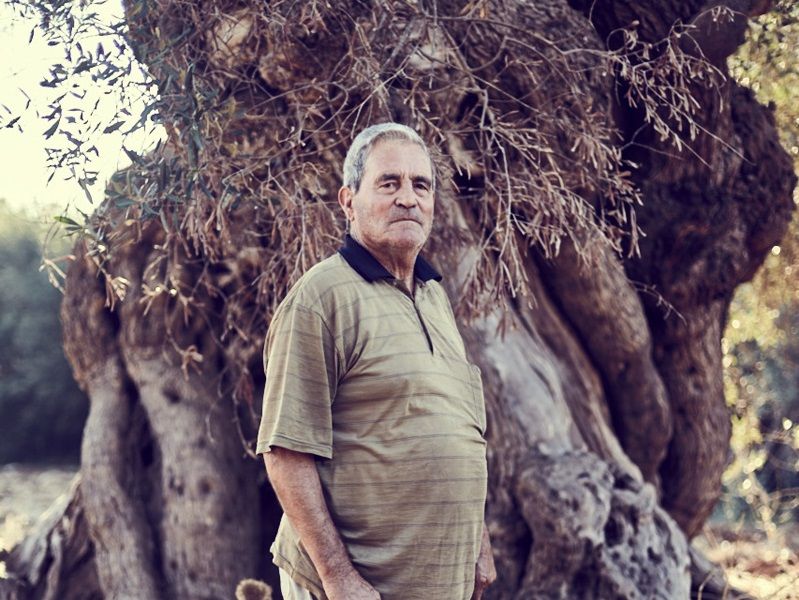Communication breakdown impacts ancient olive trees

Italy’s olive industry in the Puglia region has been in peril in recent years due to a bacterial pathogen called Xylella fastidiosa causing “Olive Quick Decline Syndrome” in olive trees for which there is no cure available at the moment. This syndrome blocks the Tree’s xylem vessels which carry water and important nutrients to shoots and leaves, thereby causing the tree to dry out and die. The outbreak of this disease has been met with controversy regarding the efforts made by Italian authorities to contain the disease. The main threat is that the pathogen which originated from the Americas could spread throughout Europe causing havoc on the global olive industry.

Protests continued also after the European Commission imposed containing plans, and Puglia’s public prosecutor banned the felling of the trees in question. The whole communication burden between European, national and local authorities caused even the appointed person in charge to resign. Only the ban was lifted when the Commission threatened to take the issue to the European Court of Justice, in July 2016.

Read more at:
www.nature.com
www.ec.europa.eu
www.oliveoiltimes.com


